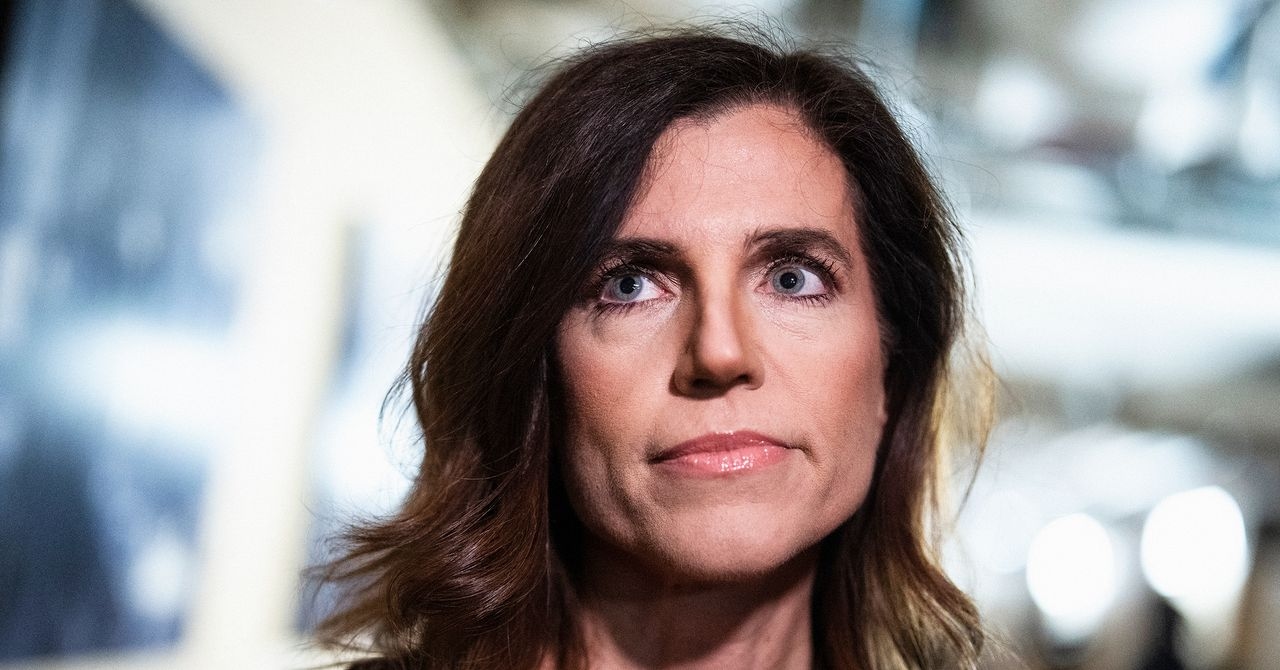OPI PIB report: the EU still does not take enough action to promote gender equality in science

Despite political declarations, the European Union lacks systematic implementation and monitoring of activities for gender equality in science – according to data from the Information Processing Centre (OPI PIB), published as part of the GENDERACTIONplus project.
As recalled in an OPI PIB press release sent to PAP on Tuesday, gender equality has been a priority in the European Research Area (ERA) for over a decade. In 2021, Member States and Associated Countries reaffirmed their commitment by signing the Ljubljana Declaration, which set new directions for development in this area.
The announcement indicated that, under ERA 5, as many as 22 European Union Member States (including Poland) and three associated countries have committed to specific initiatives addressing gender equality in science. OPI PIB's analysis revealed that only about half of these countries have prepared national strategies or action plans.
"The authors of the report (...) emphasize that voluntary political commitments should be supplemented by a mandatory monitoring system and in-depth political dialogue at the European level," said Dr. Anna Knapińska from OPI PIB, quoted in the press release.
The report shows that most of the ERA 5 goals are not measurable and time-bound. Few countries are implementing measures to combat gender-based violence or support sustainable careers.
“To ensure progress on gender equality in European science and innovation, we need not only declarations, but also concrete actions and coherent strategies,” added Dr. Knapińska.
Data from the OPI PIB dashboard (a page visualizing individual data), based on the She Figures 2024 report, indicates real barriers to women's advancement. Although the average glass ceiling index (GCI) in Europe is gradually rising, it is still far from equal. In the EU, the index currently stands at 1.40, with a value of 1.0 indicating full equality of opportunity in access to top academic positions, and the higher the value, the more difficult it is for women to advance.
Poland, with a GCI of 1.61, was among the countries with the greatest barriers to female scientists, alongside Cyprus (2.54), Hungary (1.86), and Portugal (1.74). The problem is more pronounced in the sciences and engineering (STEM) fields. The average GCI there is 1.45, but for Poland it is 1.79. Higher barriers were noted only in Finland (2.00) and Denmark (1.86).
New Eurostat data also shows that while women make up an average of 34% of STEM students in the EU, in engineering and information and communication technologies (ICT) their share drops to around 20%, a figure similar to Poland.
The OPI PIB dashboard also highlights the aging of the Polish faculty. "In Poland, over 75% of professors, both women and men, are 55 or older," Dr. Knapińska pointed out.
The interactive dashboard was developed as part of the GENDERACTIONplus project, funded by the Horizon Europe program. (PAP)
lt/
The PAP Foundation permits free reprinting of articles from the Nauka w Polsce website, provided that you notify us by email once a month of your use of the website and cite the source of the article. On portals and websites, please include the linked address: Source: naukawpolsce.pl, and in journals, please include the annotation: Source: Nauka w Polsce website - naukawpolsce.pl. This permission does not apply to information in the "World" category or any photographs or video materials.
naukawpolsce.pl





